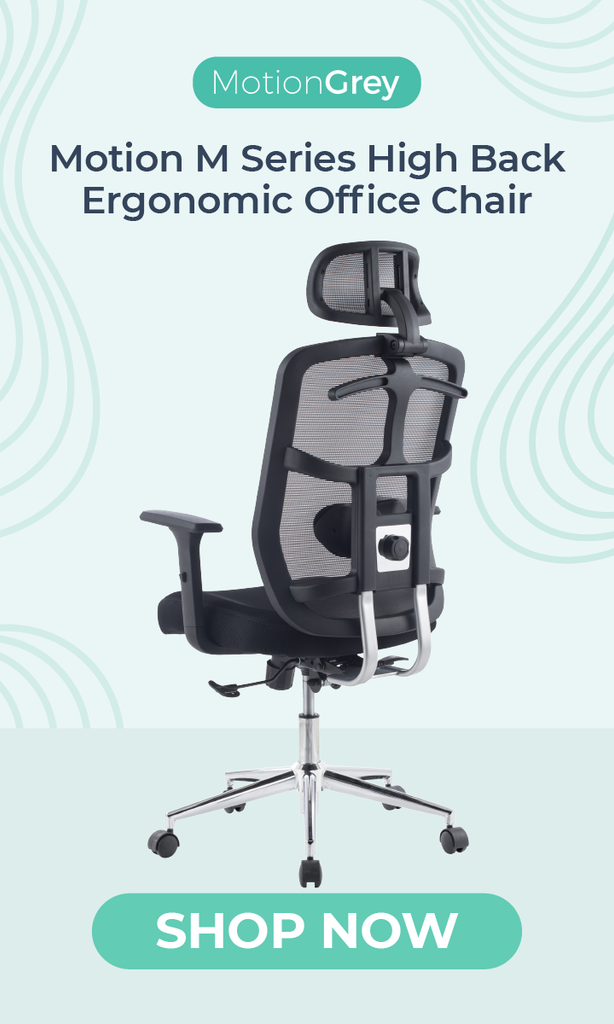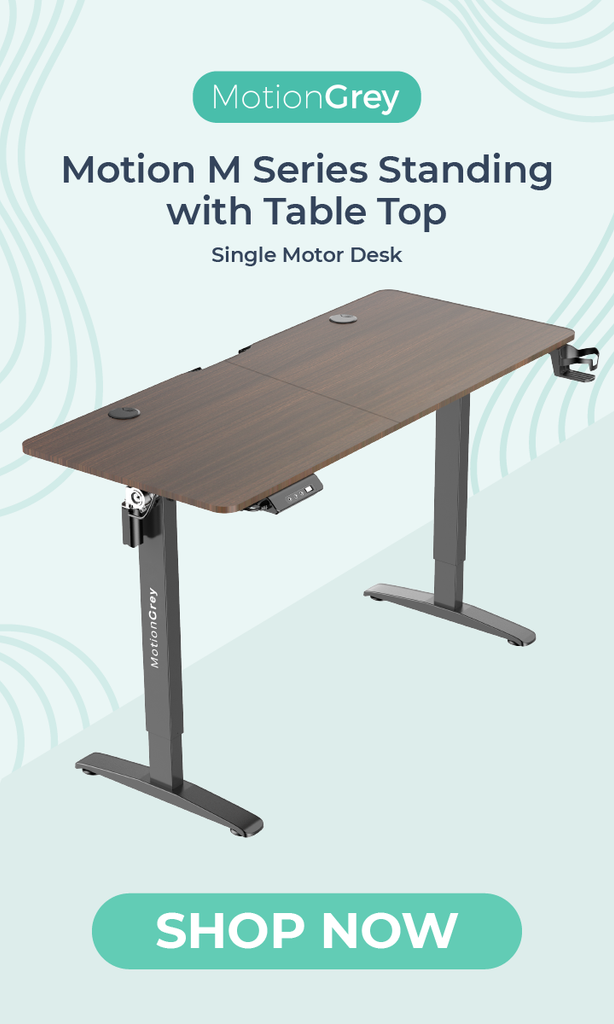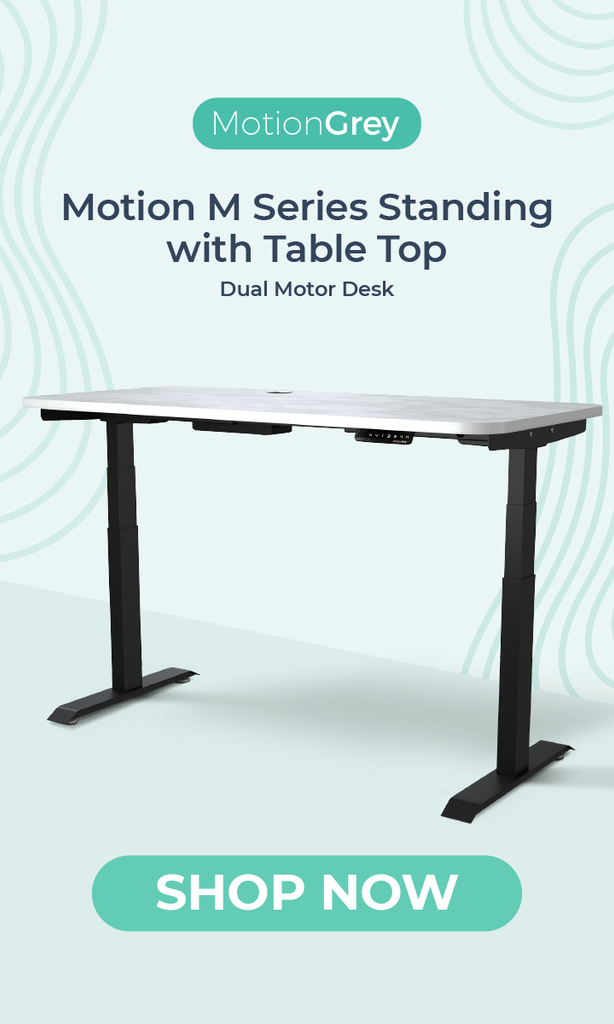The Top 7 Mistakes to Avoid When Setting up an Ergonomic Workstation
How do you create the perfect ergonomic workstation? Different people will tell you different things, but here’s what we know so far: natural form. Ergonomics is all about following your body’s form and creating an environment that will support that form to maximize your wellbeing. This can sometimes get tricky because there are so many elements that affect ergonomics—from the types of furniture you use to the position of the different equipment you use at work.

There are different tips you can follow to set up your own ergonomic workstation, but here we’ll focus on the mistakes you need to avoid—from furniture set-up to working behaviour.
What are the most common blunders when setting up an ergonomic workstation?

Working on a couch instead of a chair
Being a couch potato while getting stuff done might seem like a sweet idea. You’re sitting on a comfy seat and working at the same time—must be fun, right? Well, the problem is that working on a couch will keep your body in an unnatural position for a prolonged period of time, and that can cause aches and pains.
When it comes to work, nothing beats an ergonomic standing desk, chair, and the right computer and accessories. When it comes to your chair, it must be positioned so that your elbows are at a 90-degree angle and level with the desk or table.

Putting form over function
Pricey antique desks and fancy chairs might help you feel like a CEO. However, there’s a chance you could also end up with executive aches and pains. Some designer chairs are built for style but not for prolonged sitting.
If you’re setting up a home office, you might also feel it’s practical to get the cheapest furniture pieces because you’re just… well, home. Here’s the problem: issues like minimal lumbar support on a cheap chair could leave you with lots of buyer’s remorse.
When it comes to office chairs, it’s best to get one designed for ergonomic sitting complete with adjustable features.

Chair’s height is too low or too high
When selecting a desk and a chair, your feet will need to rest comfortably on the floor and your arms must be well positioned relative to the desk. To check, make sure to compare your elbow height versus the desk height. The chair height is overly low if your elbow height is level to, or lower than, the desk. The correct elbow height is about 1 inch higher than the desk height.
In this regard, make sure to get not just a chair with adjustable features but one that is designed for your body type, especially if you are taller or are bulkier that the average user.
Failure to consider the desk’s fit

When selecting a home office desk, there are three things you need to check:
The size of the space
Make sure the desk fits in your space, with enough room around it for you and your other furniture.
The job/task you do
Consider how much space you will need for non-PC tasks and how much space you will need to complete those tasks. Also consider other equipment in your workspace and how they’ll fit altogether.
Room is too bright or too dim
This might seem irrelevant in terms of ergonomics, but the level of brightness in your space can actually be a big factor in conditions such as eye strain. Overhead fluorescent lights, in particular, are more likely to cause this problem.
Home offices tend to be on the opposite end of the spectrum, not providing enough light for working. How much light is enough? Well, make sure you can see everything around your workstation without needing to squint due to the brightness.

Another rule of thumb to follow is this: your computer monitor shouldn’t be brighter than other lighting in the room.
Monitor is too high or too low
In many office environments, monitors are usually positioned high, and this position is one of the usual causes of back pain. On the other hand, if the monitor is too low, it can cause neck pain from looking downwards.

A rule of thumb to follow is this: make sure the monitor is located such that the top is a little under eye level. Monitor arms can be helpful in repositioning the monitor so that it’s at the correct height.
Using a notebook or tablet all day
While these are convenient, tablets and notebooks are not ideal for all-day use in terms of ergonomics. For one, a notebook’s small size often tempts people to work practically anywhere, and it’s common to see people hunched over their portable computer somewhere.

Some easy fixes you can do will be to add an external monitor to improve body posture or an external keyboard and mouse so your wrists and elbows are in a more natural position.
Ergonomics is not only a combination of the right office furniture and the correct work environment. To achieve the most of it, be sure to practice healthy habits as well. When setting up your ergonomic workstation, don’t forget to consider the flow of your movement in the space and what elements will help you maintain that flow as you work. If there’s anything that hinders that flow, it’s best to rethink before you add anything to your space.
About Us
MotionGrey is a Canadian standing desk company that specializes in ergonomic furniture. We supply and install only the best quality standing desks and ergonomic chairs in the country.
Our products are designed with wellness as the focal point. From our electric standing desks to our office and gaming chairs, we deliver best value by putting your health, safety, and comfort as top priority. Boost your creativity and level up work performance. We want you to create great outcomes so we’re providing you only the best tools to make them possible.
Click here to view our selection of products. Got questions?





